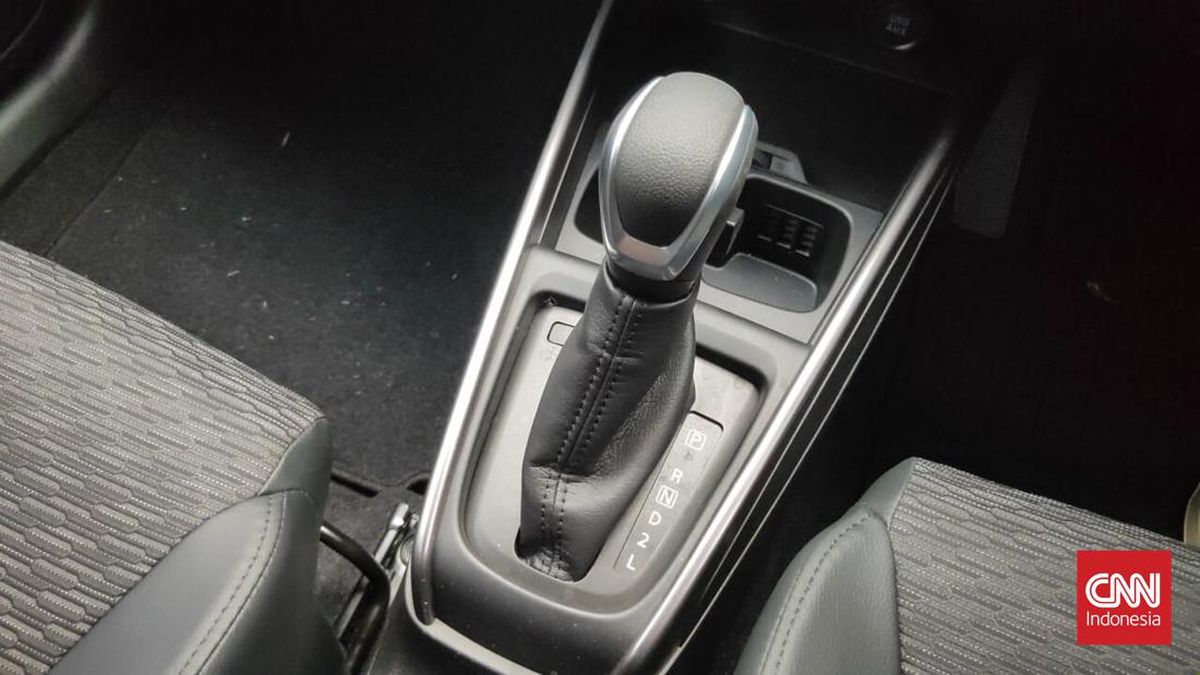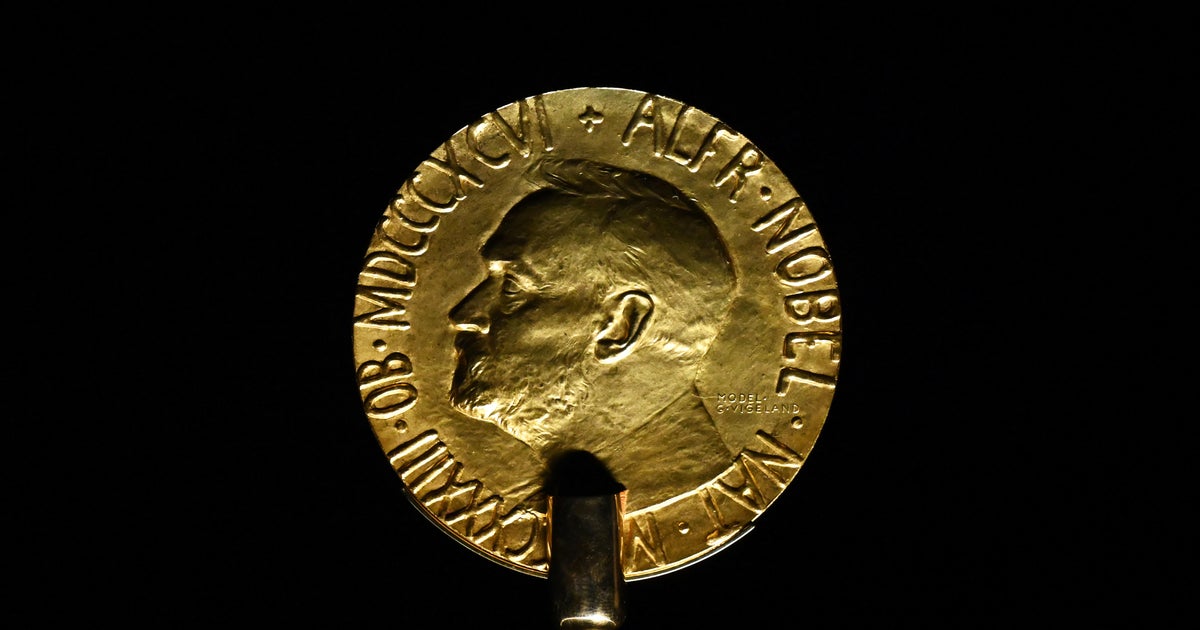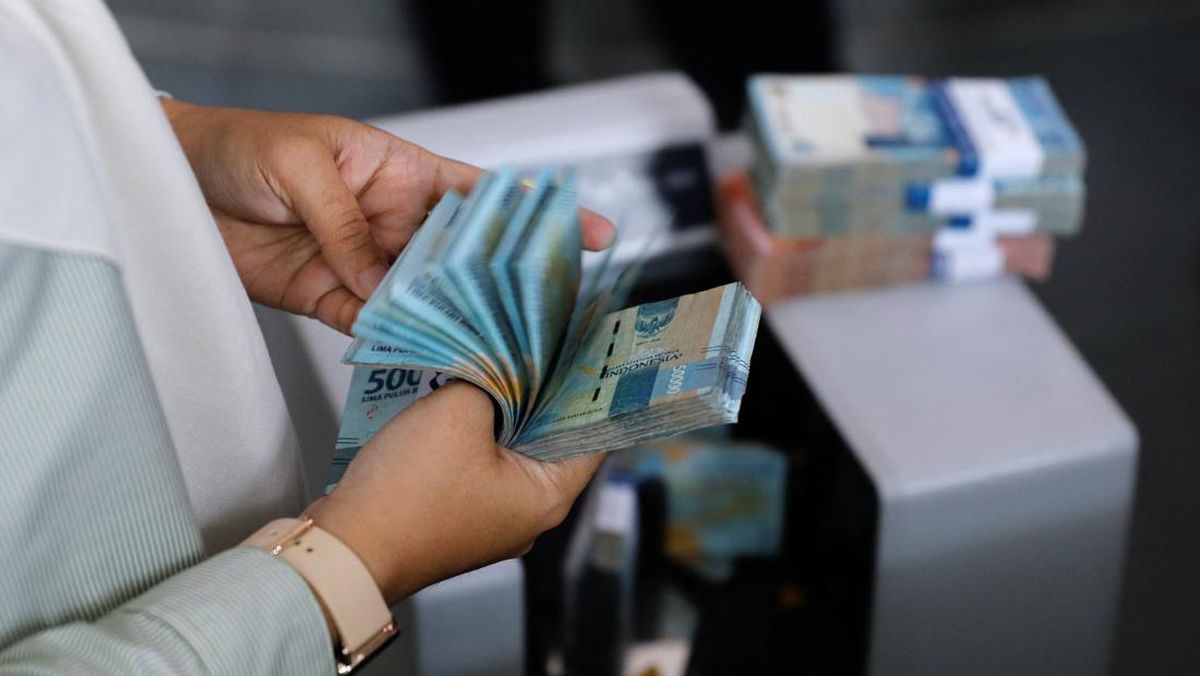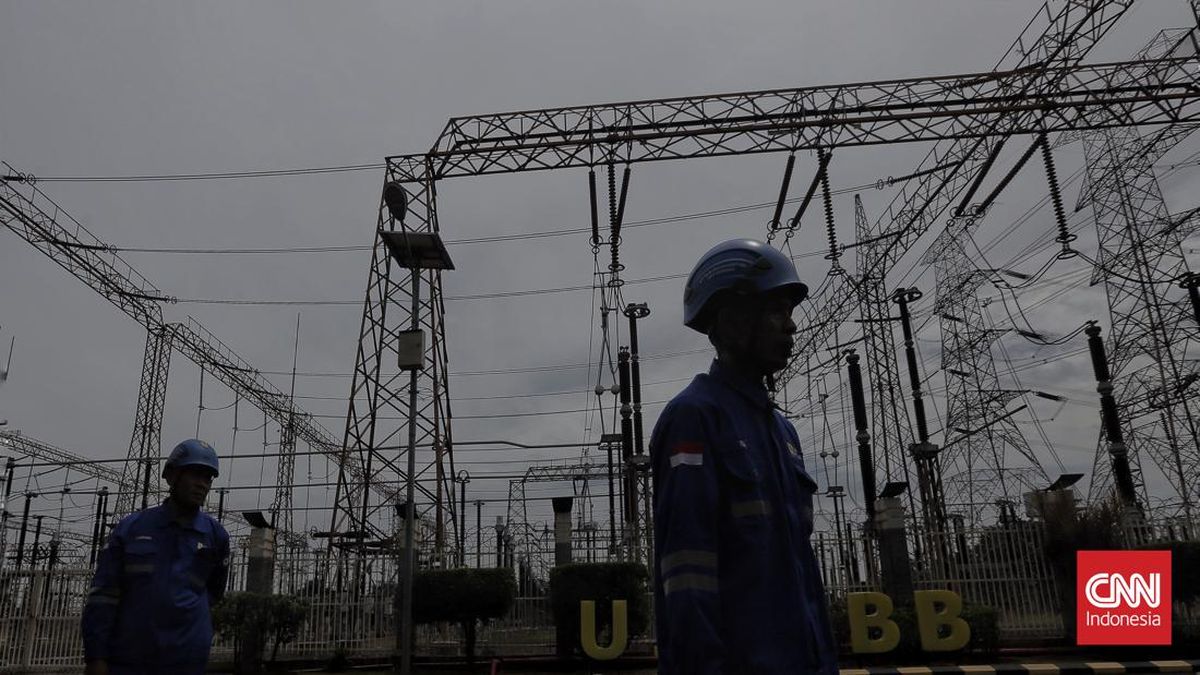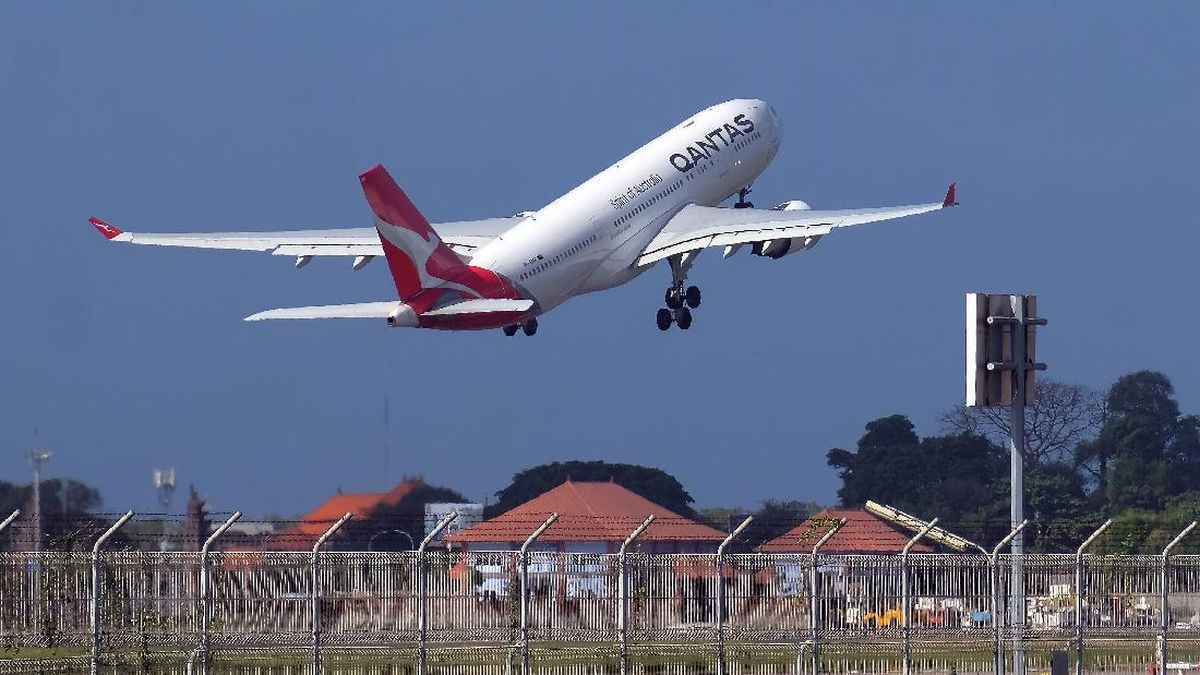 Gold's price soared past a record $2,400 per ounce earlier in 2025 and could soon rise again.
Getty Images/iStockphoto
Gold's price soared past a record $2,400 per ounce earlier in 2025 and could soon rise again.
Getty Images/iStockphoto
It wasn't that long ago that gold was priced under $2,000 per ounce. In November 2023, for example, the price of the precious metal was around $1,990 for that amount, according to American Hartford Gold. Now, however? At the end of June 2025, the price of gold is $3,288.46 per ounce, making up a staggering 65% price growth in a bit over 18 months. Gold surpassed numerous price records in 2024 and continued to do so in the first half of 2025, breaking the $3,000 per ounce milestone in March before hitting a new record past $3,400 in April. This has made the precious metal attractive to both existing investors, who have seen their initial investment grow exponentially, as well as beginners eager to get started with an asset with upward mobility.
Both investor types, then, may be wondering about the potential for gold price movement this July. And, if history is a reliable prognosticator, some dates and events on the calendar could impact the price of the precious metal, perhaps even bringing it to yet another record high. Below, we'll break down what you need to know about gold's price this July.
Get ahead of the next gold price spike. Start protecting your portfolio with a portion of gold now.
What could happen to gold's price this July?
Forecasting the future price of any asset is inherently difficult, as any unforeseen factors could impact it either way. That said, based on performance in recent years and a few factors that help to drive the price of gold, the cost of the precious metal is likely to stay steady in July, minus a few minor fluctuations up and down, as is the norm. Here's why:
Inflation could stay low: When inflation rises, investors tend to move toward gold, causing it's price to spike as a result. And when it cools, interest tends to cool with it, driving down it's prices. But what happens when inflation remains cool but doesn't change remarkably? Then gold is likely to stay relatively flat. While inflation did technically rise in May, it only went from 2.3% to 2.4%. Should the next inflation report, scheduled for a July 15 release (for June data) show it remaining around that same level, the impact on gold prices will be muted.
Get invested in gold before the price changes again here.
The interest rate pause will continue: The Federal Reserve has not issued a rate cut since December 2024, and while there's a remote possibility that the central bank will take action in its meeting at the end of July, the more likely scenario sees a rate cut issued in September. When interest rates rise, gold prices tend to decline and vice versa. But a frozen federal funds rate for another two months (there's no August Fed meeting) is likely to keep gold prices around where they started on July 1.
Geopolitical tensions will remain muddled: When geopolitical tensions surge, as they have in recent years, investors look for safe-haven assets like gold. This allows them to safeguard their portfolios in a better way as gold tends to keep its value when other assets and the U.S. dollar decline. But if tensions are less prevalent or muddled, as they appear to be at the start of the month, then there's likely to be less of an impact on the price of gold and silver. That said, this is one of the harder elements to account for when predicting the future gold price and it can change overnight, causing the price of the metal to respond in new and unexpected ways.
The bottom line
At the start of July 2025, it appears that the price of gold will remain steady. But appearances aren't always reality. So, if you know your portfolio needs the diversification and hedge against inflation that gold can provide and you can afford to buy in at today's elevated price, even if it's for a smaller amount than you'd otherwise prefer, it makes sense to get started soon. You could always sell the metal for a theoretical profit in the future but waiting too long could result in you getting priced out of the market entirely. Just make sure that if you decide to buy in, you elect to do so by keeping gold limited to 10% of your portfolio to avoid crowding out other assets like bonds, stocks or real estate at the same time.
Matt Richardson is the senior managing editor for the Managing Your Money section for CBSNews.com. He writes and edits content about personal finance ranging from savings to investing to insurance.












